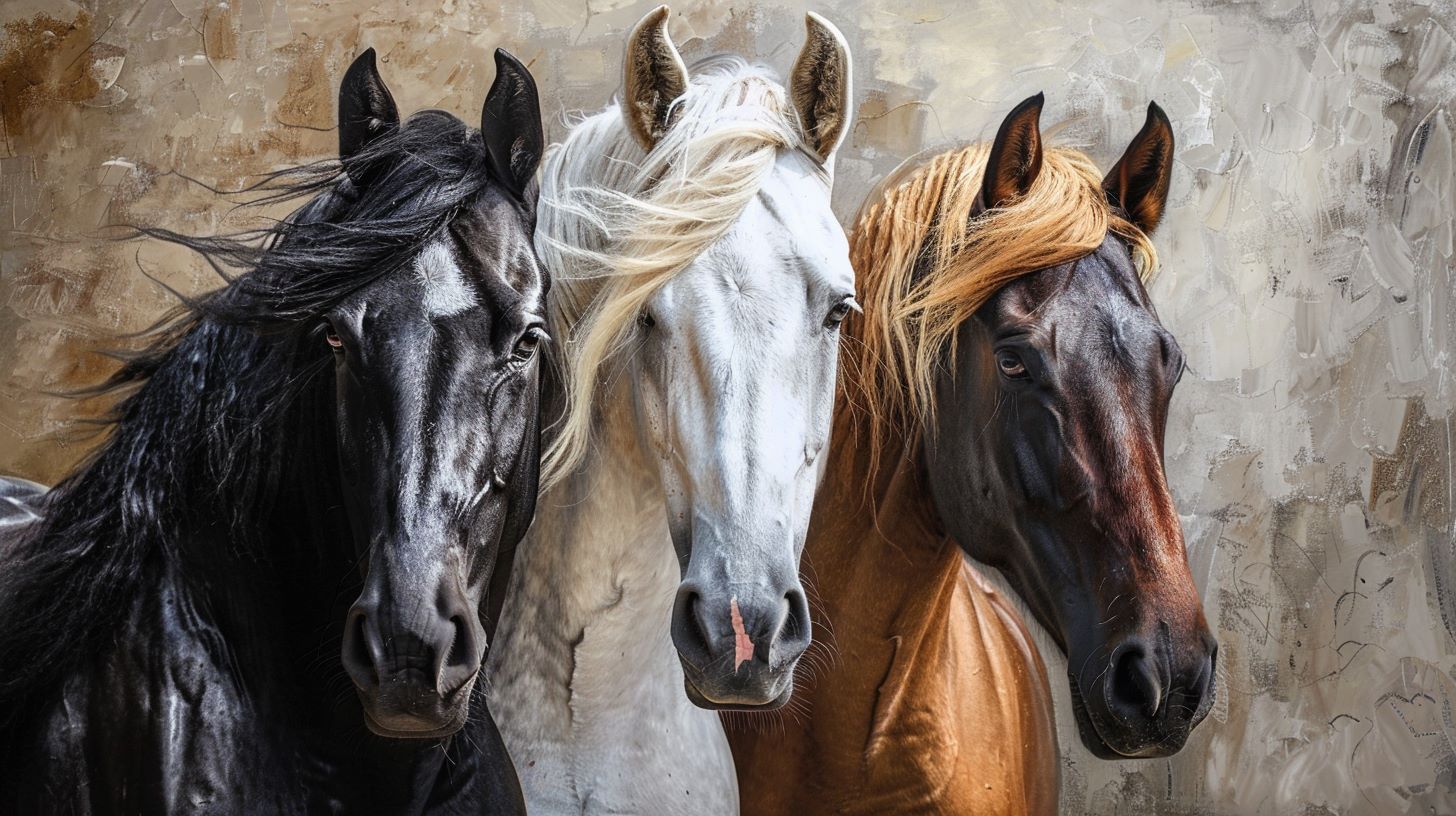The vibrant spectrum of horse coat colors is a marvel of nature and genetics, captivating horse enthusiasts and casual admirers alike. From the classic chestnut to the striking dapple gray, each coat color tells a story of heritage, evolution, and sometimes even magical lore. From the shimmering black of a Friesian to the golden glow of a Palomino, these colors are beautiful and hold deep genetic and cultural significance.
In my opinion, the diversity of horse coat colors reflects not just the beauty of nature but also the intricate complexity of genetic science. Each shade and pattern uniquely manifests genetic inheritance, creating a visual feast that can vary widely, even within a single breed. The idea that such a wide array of colors and patterns can result from relatively few genes is astounding. It’s like a living canvas, where every horse is a masterpiece of biological artistry. Understanding these colors goes beyond mere aesthetics; it delves into the fascinating interplay of genes and environmental influences that shape a horse’s appearance.
Adding to this complexity are various modifiers and dilution genes that can alter these base colors. According to the American Paint Horse Association, over 60% of registered Paint Horses exhibit some form of white markings or patterns due to the intricate interplay of genetic variations.
There are four basic colors across the different breeds of horses; the rest are variations. White is classified as no color. The combinations that we see in two or more colors of a horse are brought about by the pairing of genes at the molecular level and are still under careful research to validate a solid claim to explain this phenomenon in changes and the existence of spots and colors seen in other horses.
THE FOUR BASIC HORSE COLORS
1. BAY COLORED HORSES
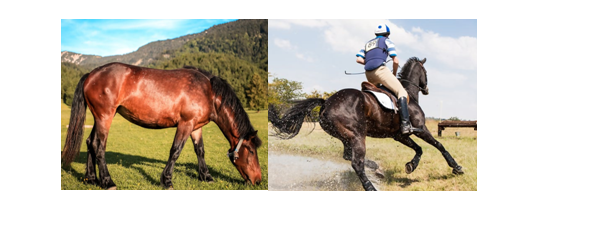
Bay-colored horses are the most common color variation. It is a reddish-brown to dark brown or dark bay color accompanied by black points, of which points refer to the mane, tail, and lower leg.
2. CHESTNUT COLORED HORSES

Chestnut-colored horses are also a common color in almost all breeds, and they vary from light reddish-brown to dark brown without the black color of the main, tails, and lower leg. Instead, the color is the same and sometimes only lighter or darker at some points.
3. BROWN COLORED HORSES
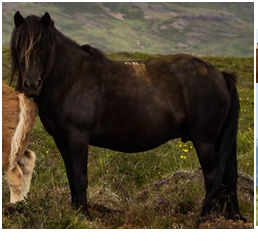
Brown-colored horses are brown like chocolate without the color of black and red. Most of the time, brown-colored horses are mistaken for black-colored horses due to a slight difference in color variations.
4. BLACK COLORED HORSES
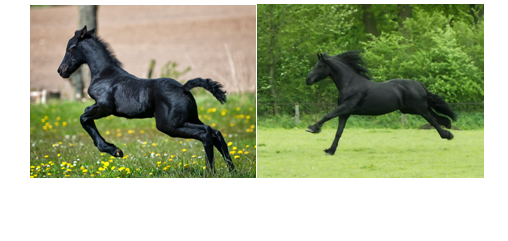
Black is a rare color among horses. This is the color of Frederick the Great, named “Most handsome horse” in 2016. Black horses also thrive among the most expensive breeds in the world.
OTHER COLOR VARIATIONS OF HORSES
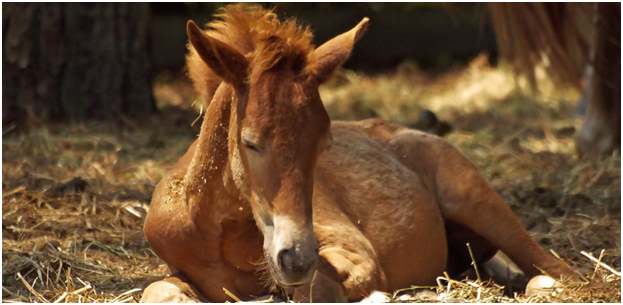
Sorrel is the most common shade of chestnut. It is a reddish-tan to red coat color of a horse typical in a new penny.
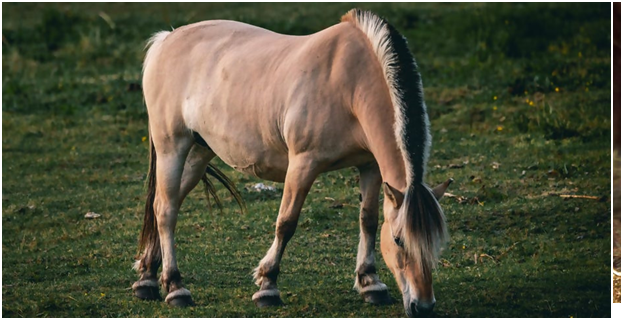
Buckskin is a bay-colored horse that is combined with or fades to the cream gene or lighter colors but maintains the black points.
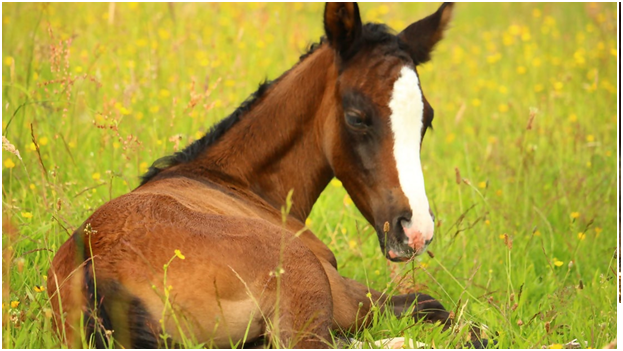
Dun is like the buckskin color but has a reddish or brownish hue.
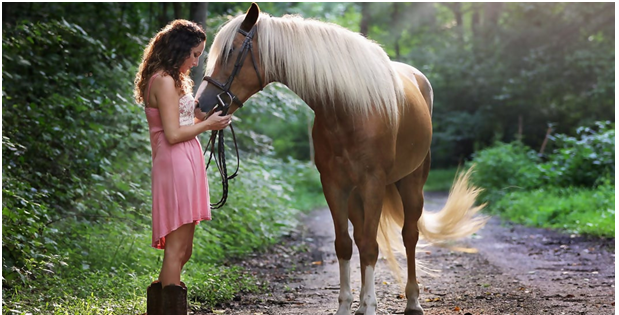
Conversely, Palomino is a golden horse, opposite of Buckskin and dun. This horse color does not have black points. Instead, it has a white mane, tail, and legs.
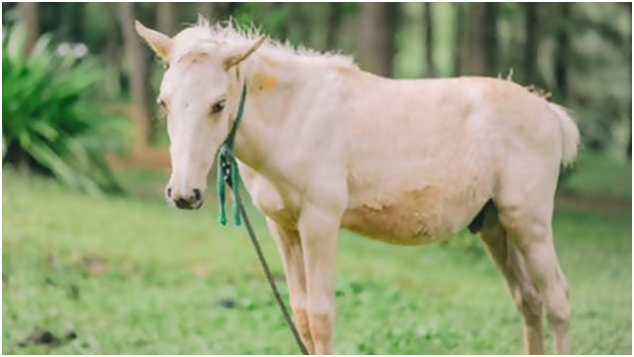
Cream-colored horses combine cream genes diluted with bay, chestnut, and brown colors, giving the horse a lighter shade.
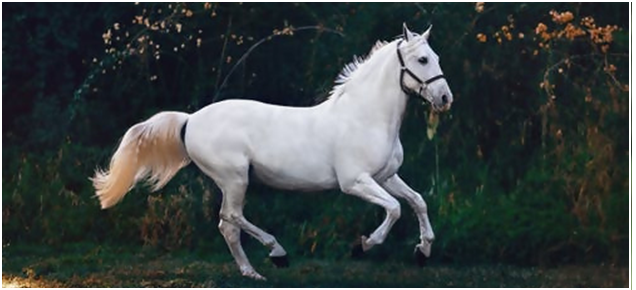
Gray-colored horses are commonly called white, but no truly white-colored horse exists.
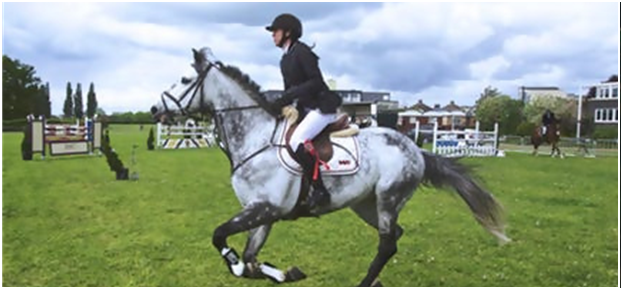
Dapple Gray has distinct white spots visible on the horse’s body. If this has black points like the one in the photo, it can also be called a Blue Roan. The red roan is the same. The only difference is the spots are reddish and not black or white/gray, and the mane, tail, and legs are white and not black.
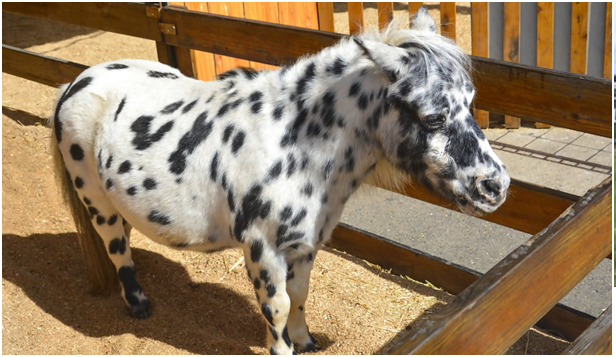
Appaloosa often has patterns like leopards or blankets. The difference is that a blanket appaloosa has a white spot covering the rump, while the leopard has black spots on the white, as shown in the photo above.
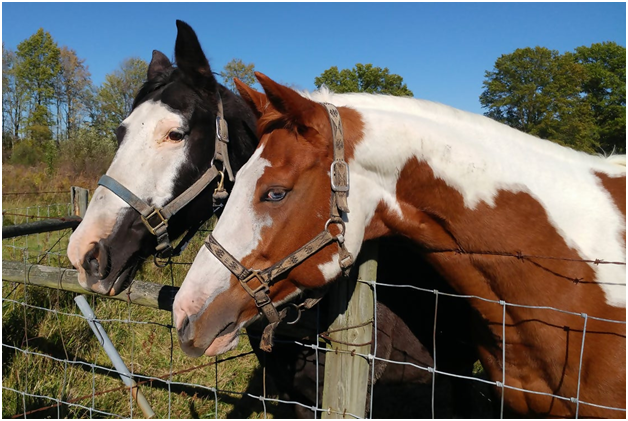
Paint vs Pinto. These colors of horses are the same in terms of having a large spot of color combinations around the horse’s body. The only difference is that paint is what we call it if the horse, in particular, belongs to the breed of quarter or thoroughbred lineage. The Pinto, on the other hand, is the color combination for other horse breeds.
Tabiano and Overo patterns differ in the placement of large color spots. Tabiano patterns cross over the top part, while Overo does not cross the top part of the horse’s body.
OTHER IDENTIFIABLE MARKINGS OF A HORSE’S COAT
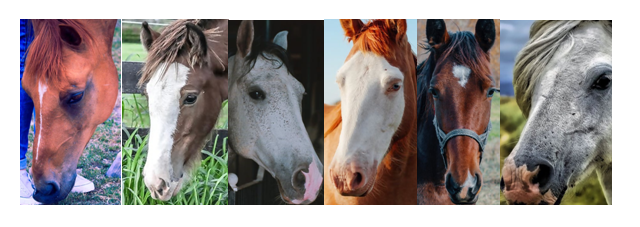
These patterns or markings are named Stripe, Blaze, Snip, Bald, Star, and white mizzle from left to right. This photo shows various patterns or markings on each horse’s face. This pattern helps in identifying lost horses. It is good to know about these features your horse has to help you out as well in identifying who is who among your horses of the same color.
It is believed that genetics play a big role in the unique combination of these colors every newborn pony has, and scientists and equine vets are in continuous study to comprehensively explain how this works, starting from the conception, development, and growth of horses. Environmental changes, especially climate change, also play a big role in the mutation of distinct characteristics of our horses. That is why our experts keep studying these changes’ effects to understand better and address concerns regarding our horses.
THE BENEFIT OF KNOWING THESE HORSE’S COLORS AND MARKINGS
You would not want to lose your beloved horse somewhere and mistake another horse for your lost horse because you do not know exactly what color and marking features your horse has in the first place. Now that you have this knowledge, it is best advice that you take a photo of your horse’s whole body, back, left and right side, the face, and other markings you see and make a registry chart of your own, especially when you have more than one horse of the same color. Doing this may save you a lot of hardship in finding and verifying your ownership of a lost horse.
Aside from the benefit of easily identifying and proving your ownership over a lost and found horse, You can also see that you will enjoy having to name your horse based on their markings, perhaps if you own a good number of horses, their distinct colors and marking would help you identify your horse especially if one of these horse needs to get treated or be quarantined, you are sure you are treating the right horse based on the recorded combination of their colors and markings. For instance, you will never have to inject the wrong horse for the wrong med mistakenly.
The following data of charting or recording a horse’s identity may include but is not limited to the following;
- Breed
- Sex
- Height
- Approximate birth date
- Color – e.g., Dark brown that shows dapples
with a Summer coat - All identifiable horse markings
- Hoof colors
- The direction of mane growth (right side, left
side or split) - Mane and tail color(s)
- Swirls- number and direction
- Scars or old injuries
- Any white saddle sore marks
- Brand
- Tatoo
- ID chip
Lastly, one identifiable marking a horse has unique from other horses is called the chestnut. These markings are the same as a human’s fingerprint, and knowing this could benefit your horse’s advantage.
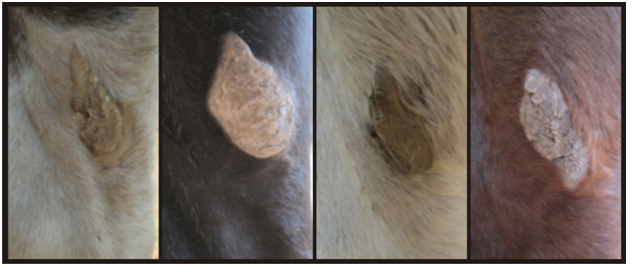
These photos show four chestnuts from four horses, and you can easily distinguish their differences with the combined details of your horse’s color, pattern, hairstyle, height, etc. You will notice that no horses are the same as humans are; even twins have distinct features/s to tell the difference, and now you won’t have to worry as you can easily make your horse identifiable once it gets lost.
The diverse array of horse coat colors showcases the fascinating interplay between genetics and evolution, with each hue and pattern highlighting the complexity of these genetic processes. The variety of horse coat colors adds to their visual appeal, from the deep, luxurious blacks to the dazzling whites. It illustrates the intricate genetic mechanisms that shape their unique appearances. This spectrum of colors underscores the richness and beauty inherent in the natural world of horses.

